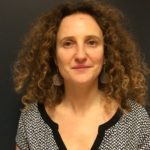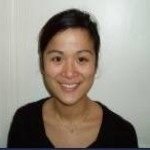Link to Pubmed [PMID] – 31017082
Link to DOI – 10.4269/ajtmh.18-0410
Am J Trop Med Hyg 2019 Jun; 100(6): 1355-1362
The diffusion of extended-spectrum beta-lactamase (E-ESBL)-producing Enterobacteriaceae is a major concern worldwide, especially in low-income countries, where they may lead to therapeutic failures. In hospitals, where colonization is the highest, E-ESBL transmission is poorly understood, limiting the possibility of establishing effective control measures. We assessed E-ESBL-acquisition routes in a neonatalogy ward in Madagascar. Individuals from a neonatology ward were longitudinally followed-up (August 2014-March 2015). Newborns’ family members’ and health-care workers (HCWs) were stool-sampled and tested for E-ESBL colonization weekly. Several hypothetical acquisition routes of newborns-e.g. direct contact with family members and HCWs and indirect contact with other newborns through environmental contamination, colonization pressure, or transient hand carriage-were examined and compared using mathematical modeling and Bayesian inference. In our results, high E-ESBL acquisition rates were found, reaching > 70% for newborns, > 55% for family members, and > 75% for HCWs. Modeling analyses indicated transmission sources for newborn colonization to be species dependent. Health-care workers’ route were selected for Klebsiella pneumoniae and Escherichia coli, with respective estimated transmission strengths of 0.05 (0.008; 0.14) and 0.008 (0.001; 0.021) ind-1 day-1. Indirect transmissions associated with ward prevalence, e.g. through hand carriage or environment, were selected for Enterobacter cloacae, E. coli, and K. pneumoniae (range 0.27-0.41 ind-1 day-1). Importantly, family members were not identified as transmission source. To conclude, E-ESBL acquisition sources are strongly species dependent. Escherichia coli and E. cloacae involve more indirect contamination, whereas K. pneumoniae also spreads through contact with colonized HCWs. These findings should help improve control measures to reduce in-hospital transmission.






